When I deployed a React Router app to AWS S3 and CloudFront and when I try to access React routes directly it gives the following error with 403 error code. I can access both the base URL(www.sample-app.com) and route URLs(www.sample-app.com/cart) when it flows through the app.
But If I try going directly to a React route(www.sample-app.com/cart) it produces a 403 Access Denied error as follows. The major pain point is it produces this error when I try to refresh a React route URL.
<Error>
<Code>AccessDenied</Code>
<Message>Access Denied</Message>
<RequestId>REQUEST_ID</RequestId>
<HostId>HOST_ID</HostId>
</Error>
Note: I'm using AWS load balancer and Lambda functions as backend. I have setup AWS ALB and Cloudfront to authenticate users with AWS Cognito.
Appreciate your help on this.
